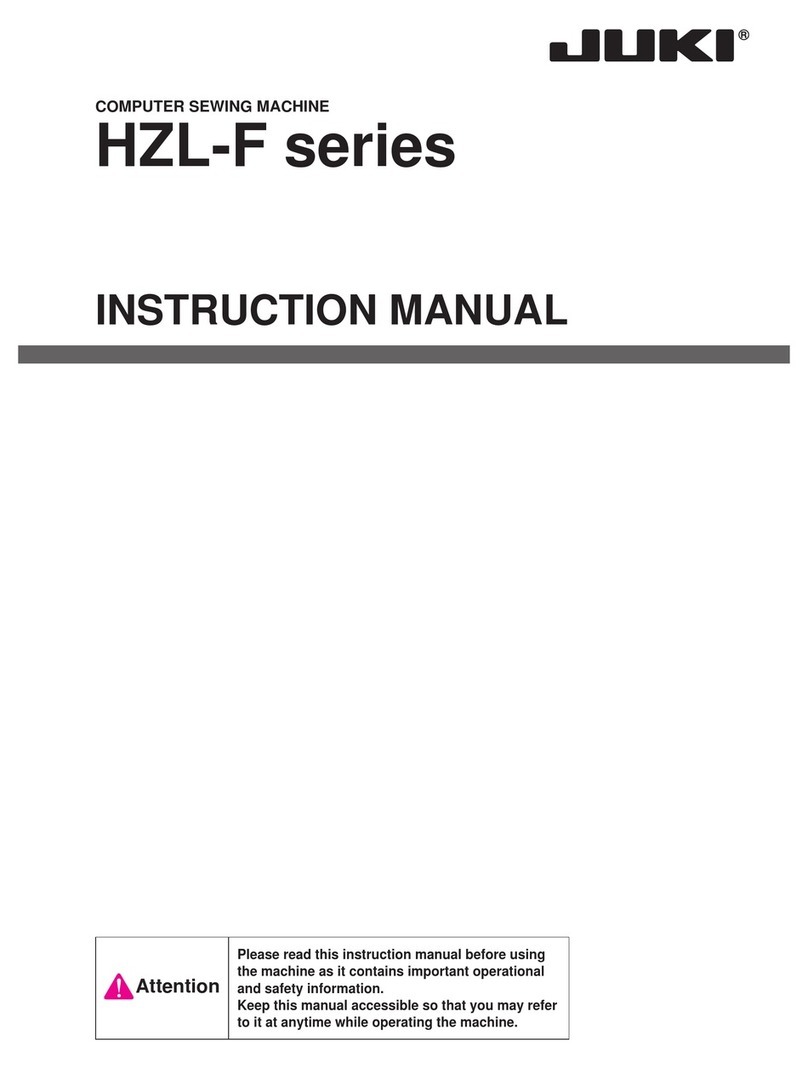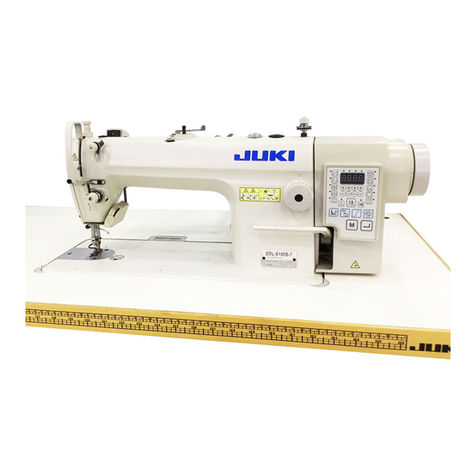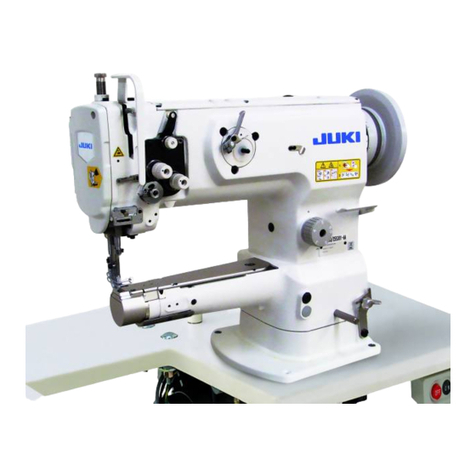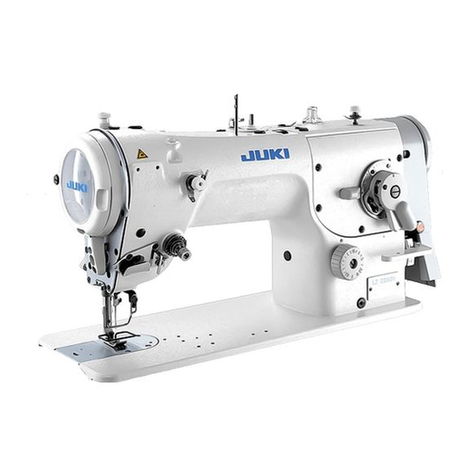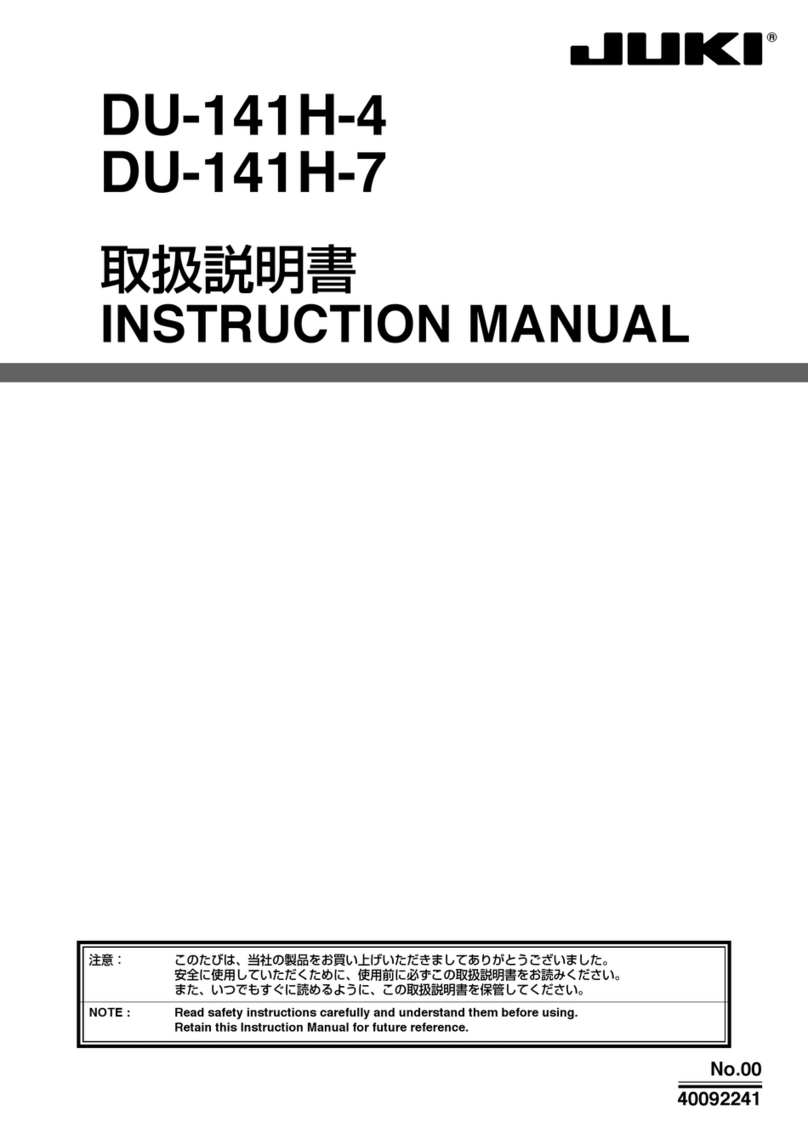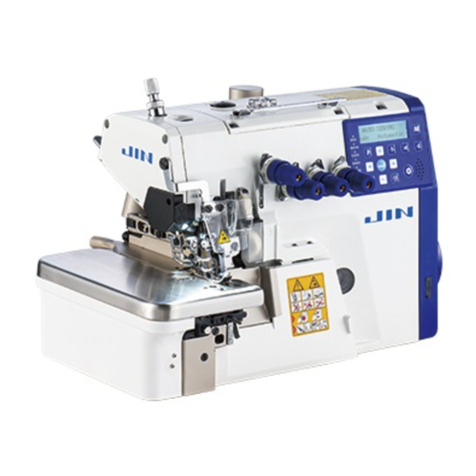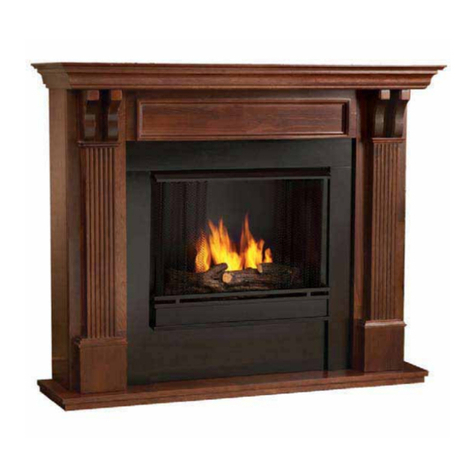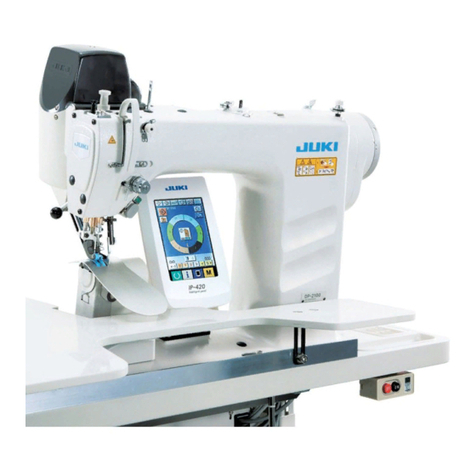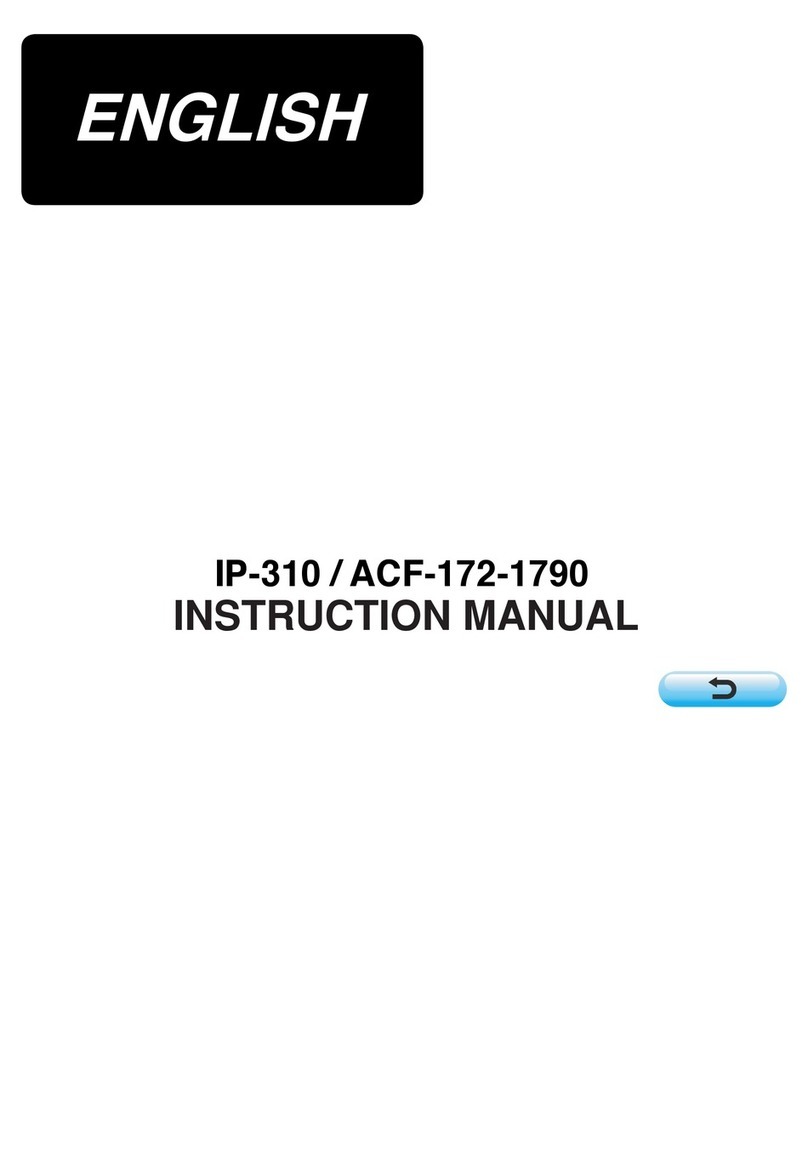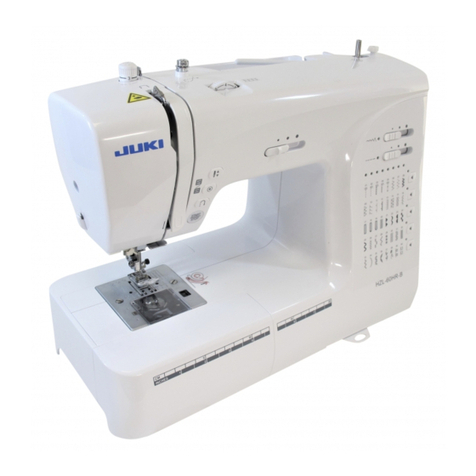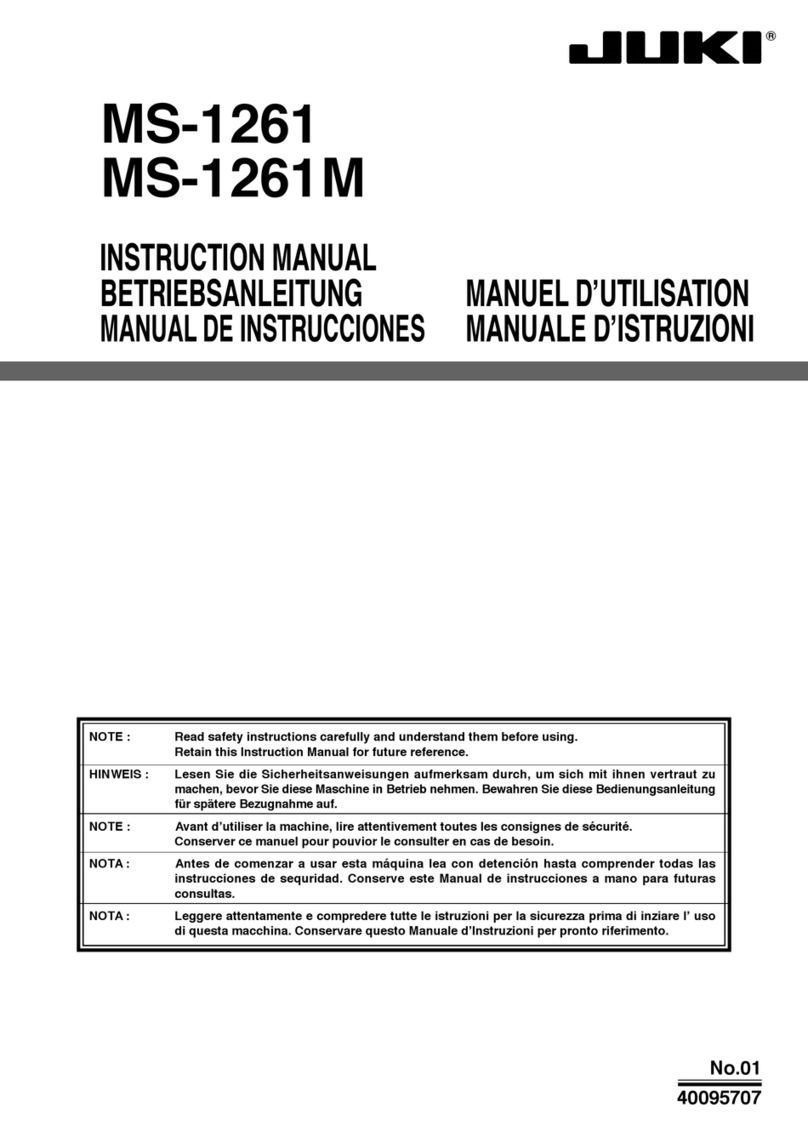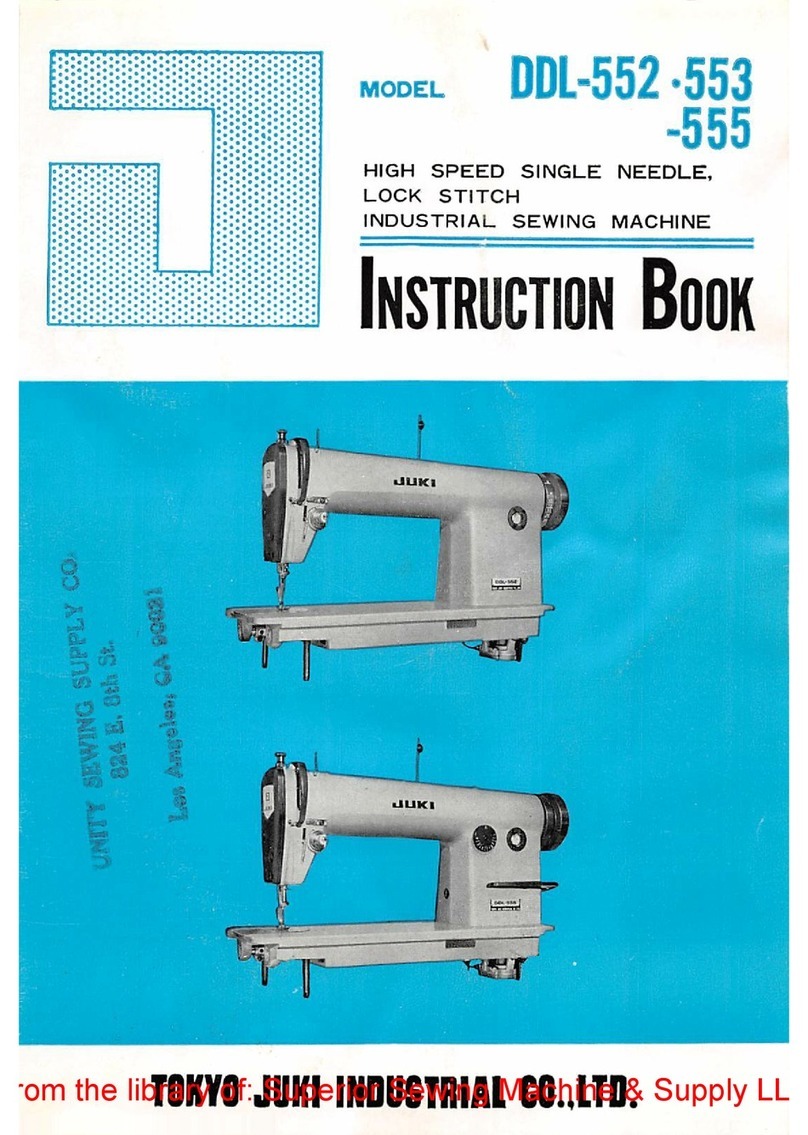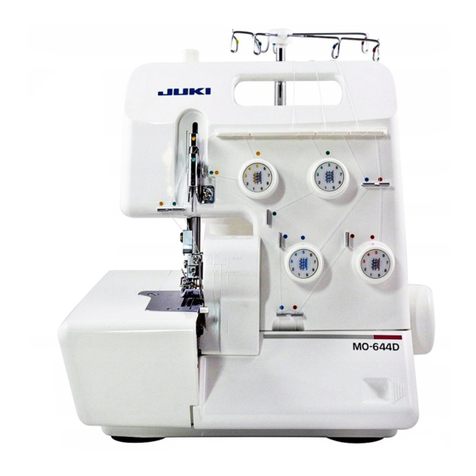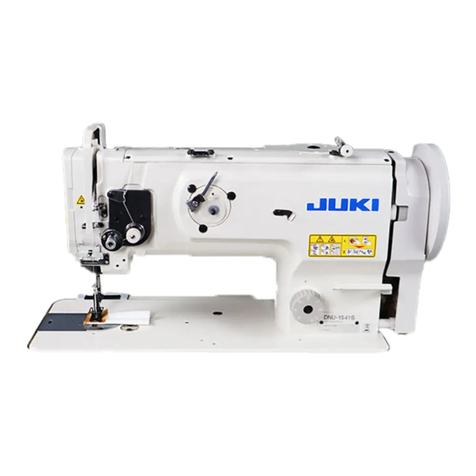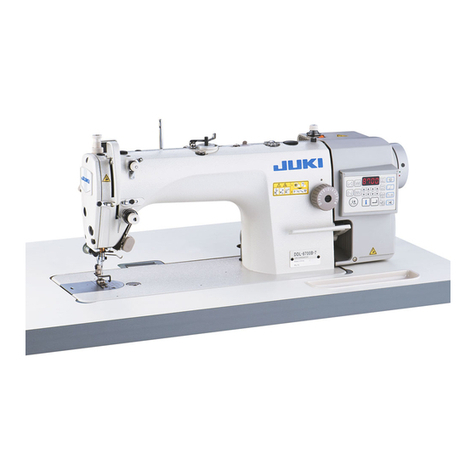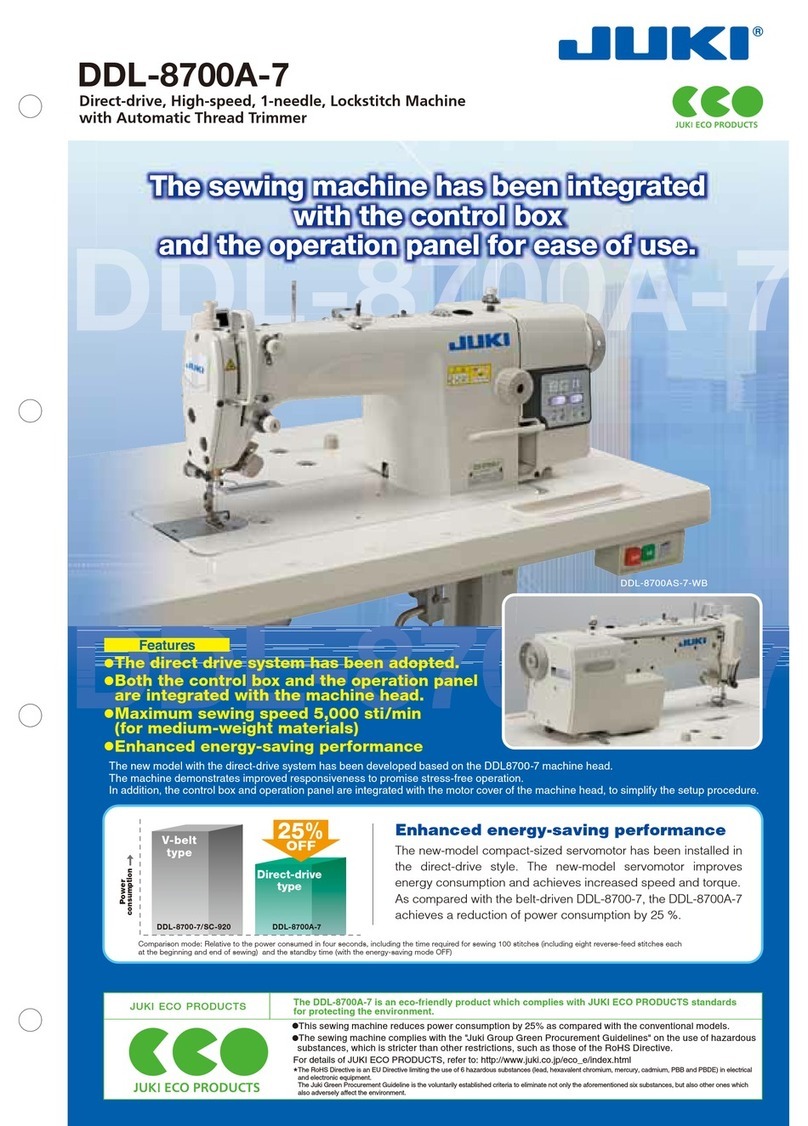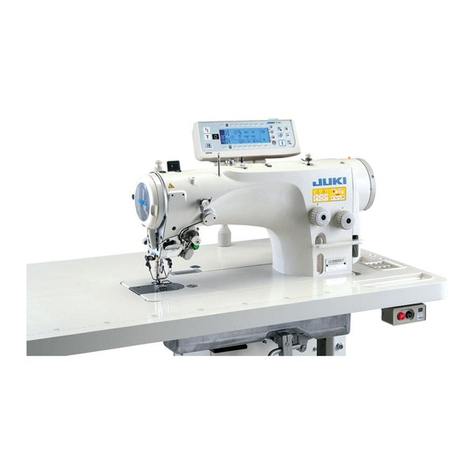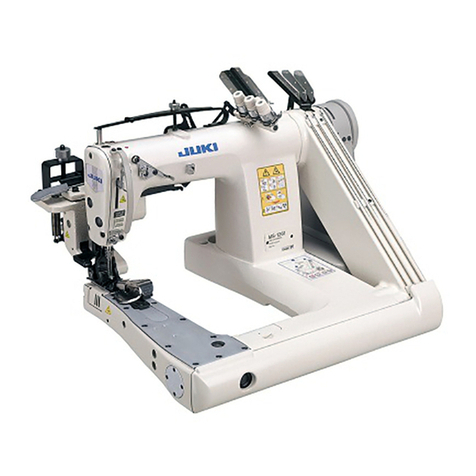CONTENTS
[1] PRODUCT SPECIFICATIONS FOR HZL-30Z ································ 1
[2] NAMES OF THE RESPECTIVE COMPONENTS ·························· 2
[3] HOW TO REMOVE THE OUTER COMPONENTS ······················· 3
[4] ADJUSTMENT OF THE RESPECTIVE COMPONENTS ·············· 7
WARNING :
• When disassembling, assembling or adjusting the sewing machine, remove the
power plug.
• When assembling, be careful about the electrical cord being caught with other
components, damage to the covered parts of the cord or miswiring.
• When replacing the part(s), use the genuine part(s).
To avoid the risk of fire, electric shock, injury to persons or damage to
components, especially keep the following:
4-1 Adjusting the needle bar height ························································· 7
4-2 Adjusting the zigzag width needle entry position ···························· 7
4-3 Adjustment of the straight stitch lock ··············································· 8
4-4 Needle throw ······················································································· 9
4-5 Feed dog height ················································································ 10
4-6 Timing belt ························································································· 10
4-7 Feed timing ························································································ 11
4-8 Needle-to-hook timing ······································································ 11
4-9 Clearance between the needle and the blade point of the hook ·· 12
4-10 Position of the bobbin case stopper plate ······································ 12
4-11 Adjusting the bobbin thread tension ··············································· 13
4-12 Opening amount of the tension disk ··············································· 13
4-13 Adjusting the needle thread tension ··············································· 14
4-14 Tension knob ····················································································· 14
4-15 Vertical position of the threader hook ············································ 15
4-16 Reverse stitch ··················································································· 15
4-17 Super stitch pattern ·········································································· 16
4-18 Height and position of the presser foot ·········································· 16
4-19 Button hole ························································································· 17
4-20 Motor belt tension ············································································· 17
